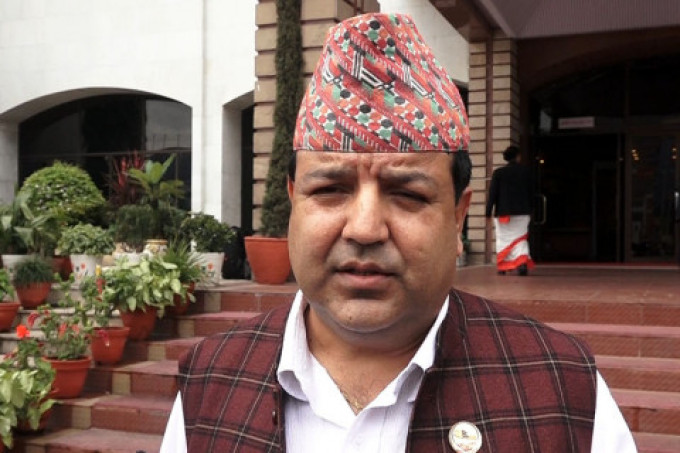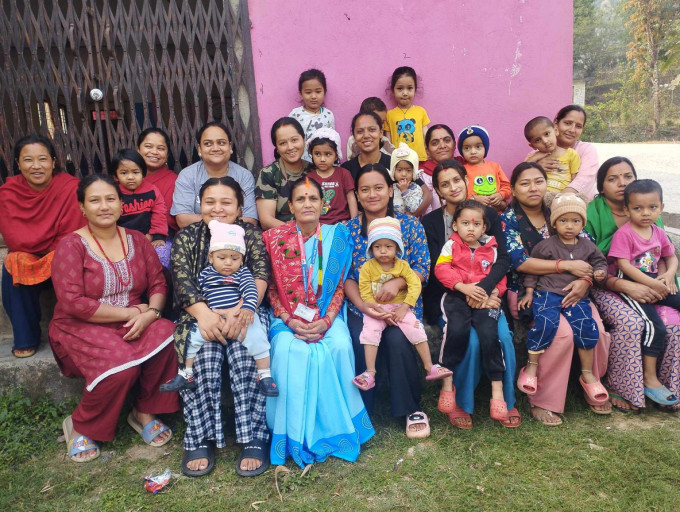Tobacco is an agricultural product processed from the fresh leaves of the plants in the genus Nicotiana. It is a product made entirely or partly of leaf tobacco as raw material, which is intended to be smoked, sucked, chewed or sniffed. Tobacco products come in different
forms (manufactured, hand-rolled, filtered, unfiltered and flavored), cigars and pipes. All
contain the highly addictive psychoactive ingredient, nicotine. As they contain highly addictive Nicotine, use of tobacco causes high risk in our health, especially in heart, lungs and liver and as well as many cancerous diseases. Tobacco smoke contains many chemicals that are harmful to smokers and non-smokers.
Trend
Cigarette smoking is the most common form of tobacco use worldwide. Other tobacco products include water pipe tobacco, various smokeless tobacco products, cigars, cigarillos, roll-your-own tobacco, pipe tobacco, bidis and kreteks. In recent days’ trend of E-cigarettes is increasing. E-cigarettes are devices which heat a liquid to create an aerosol which is then inhaled by the user. E-cigarettes do not contain tobacco but are harmful to health and are not safe.
Over 80% of the 1.3 billion tobacco users worldwide live in low- and middle-income countries, where the burden of tobacco-related illness and death is heaviest.
Tobacco use continues to be a significant burden among the Nepalese. According to the recent STEPS Survey 2019 carried out by Nepal Health Research Council (NHRC), 28.9% of adults belonging to (15 – 69) years of age currently use tobacco in any form (smoked or smokeless) and this accounts to 3,800,000 adults. The overall prevalence rate of tobacco use was found to be 36.8% by NHRC in its study conducted between 2016 and 2018.
Impact on Health and Environment
Breathing even small amounts of tobacco smoke can be harmful. All forms of tobacco are harmful, and there is no safe level of exposure to tobacco. Tobacco use contributes to poverty by diverting household spending from basic needs such as food and shelter to tobacco.
The economic costs of tobacco use are substantial and include significant health care costs for treating the diseases caused by tobacco use as well as the lost human capital that results from tobacco-attributable morbidity and mortality
The tobacco epidemic is one of the biggest public health threats the world has ever faced, killing more than 8 million people a year, including around 1.2 million deaths from exposure to second-hand smoke.
In Nepal
In the past two decades, epidemiological transition from communicable to non-communicable diseases (NCDs) has been highlighted due to lifestyle changes, increasing sedentary behavior, tobacco consumption, unhealthy eating and harmful use of alcohol in Nepal. Tobacco use is considered the major risk factor for the majority of these conditions. In fact, every year in Nepal, on average, 27,137 people are killed by tobacco-caused diseases, a majority of them due to cardiovascular diseases (53%) followed by chronic respiratory diseases (21%).
Smoking can cause cancer anywhere in the body including the organs like lung, bladder, cervix, colon, rectum, esophagus, liver, mouth, stomach, pancreas and blood. Nine out of ten lung cancers are caused by smoking cigarettes or secondhand smoke exposure and smokers today have a higher risk of lung cancer than in the past due to the change in how cigarettes are manufactured. Not only physical problems but it may also lead to damage to mental health resulting in fear, guilt, depression and more. In infants, it causes sudden death syndrome. In pregnant women, it causes low birth weight.
Tobacco also effect environment as much as they affect our health. Every year 3.5 hectares of land is used to grow tobacco which causes deforestation and soil degradation. Tobacco production requires lager amount of pesticides. For cultivation, tobacco requires large amount of water about 22 trillion liters so heavily effect on ecosystem. About 4.5 trillion cigarette butts are not discarded so that it creates plastic pollution and smoking tobacco produces carbon dioxide which arises global warming. Tobacco smoke also contributes to elevated air pollution which directly effects our environment. 27.2 million tons of material resources are needed to make cigarettes, depleting precious fossil fuel and metal resources
WHO report has announced the fact that 600,000,000 Trees chopped down to make cigarettes, 84,000,000 Tons of CO2 Emissions released into the air raising global temperatures and 22,000,000,000 Tons of water used to make cigarettes. The harmful impact of the tobacco industry on the environment is vast and growing adding unnecessary pressure to our planet’s already scarce resources and fragile ecosystems. Tobacco kills over 8 million people every year and destroys our environment, further harming human health, through the cultivation, production, distribution, consumption, and post-consumer waste.
Almost half of the world's total, breathe air polluted by tobacco smoke. Neither ventilation nor filtration, even in combination, can reduce tobacco smoke exposure indoors to levels that are considered acceptable.
Recommendations
Prevention is the most cost-effective measure. Many countries around the world have already introduced laws to protect people from exposure to tobacco smoke in public places. Celebrations around the globe on World No Tobacco Day (31 May) encourage more people and more countries to go smoke-free. It also includes a strong emphasis on raising the salience of tobacco control with politicians and policy makers, and on providing analysis which will support those in government in their efforts to control tobacco. The theme of World No Tobacco Day 2022 is “Tobacco: Threat to our environment.”. This year, it indicates the impact of tobacco in environment and people’s health throughout the whole life cycle. The main aim of annual campaign of WNTD 2022 is to raise awareness among the public on the environmental impact of tobacco from cultivation, production and distribution to waste management.
In Nepal, Recent budgets have started to increase taxation, including a health tax in 2019. Prices have increased over time, however, in real terms tobacco has become slightly more affordable due to wage increases. Single sticks and smokeless tobacco pouches are widely available and affordable even to the lowest income groups. However, a major challenge is that government revenues from tobacco are not transparent and there is a lack of information available on the detail of tobacco taxation.
Every sector, every place, every house or every individual should know more about Tobacco, its impact on both health and environment. Let’s contribute to end Tobacco epidemic and for betterment of our health and environment.
(The author is a Bachelor of Public Health, Student at the Central Department of Public Health, IOM)
READ ALSO:








